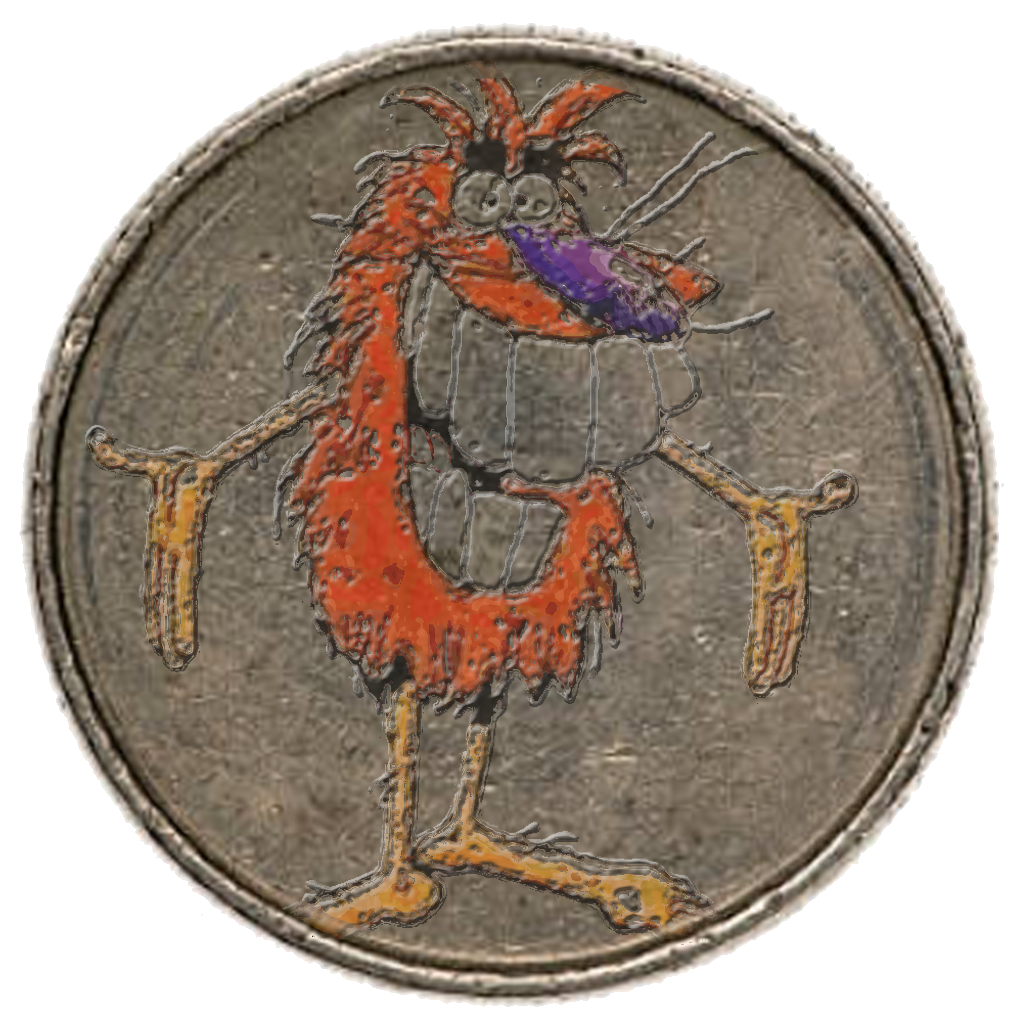
The next thing that I would like to introduce is a collection smart contracts that work together to handle settlement for a distributed sales network on the Theta blockchain. I’ve been calling it The AmorStyle Distributed Sales Network.
The idea is to incentivize more people to want to get involved in NFT projects. The incentive comes from NFT project creators providing a cut of the NFT mint. The NFT project creator offers that cut based on what they determine is reasonable for their project. The smart contract publishes that cut so that agents of the network can determine if talking about that project is worth the effort.
When a customer mints an NFT in the creator’s project, the smart contract carves up the mint funds as stated by the creator. Effectively, the NFT manages the cuts for the different agents and allows only that agent to claim the commissions.
As more creators learn that cool functionality can be enabled, or leveraged, using smart contracts, more of them will want to offer their services in an online fashion like this.
How does it all work?
First and foremost, this is a network of people that are all agreeing to work together in a semi-trustless way and the quality of what is offered is directly related to the amount of effort that different players offer to the network.
This network assumes there are Content Creators, Influencers, Technical people and Customers.
The Content Creators are the NFT projects. They offer up commissions to the agents and technical people to support their projects. They publish the minting cuts in order to incentivize the influencers to talk about their projects.
The Influencers are the Agents of the network. When you are a registered agent, any time someone mints using your Agent Id, you get the cut stated by the Content Creator. It’s handled by the smart contract.
The Technical people are those that provide websites and smart contract services for Content Creators. In order to talk to Smart Contracts, it needs to be handled by a website. And, because this is a network, would be better if multiple websites offer access to the content.
Can I see the code?
All the code for this project is currently published on this website. And, I’ve created the Gallery TestUI V1 project as a live demo.
Here are links to more info:
Note that The Gallery is where I’m demonstrating this project. Please visit that link.
More Info
Even though this project is published and available for anyone to read or implement. I will be fielding questions in the TraderPunk discord. If you want to know the gritty details or get help as a Content Creator, please look me up.








